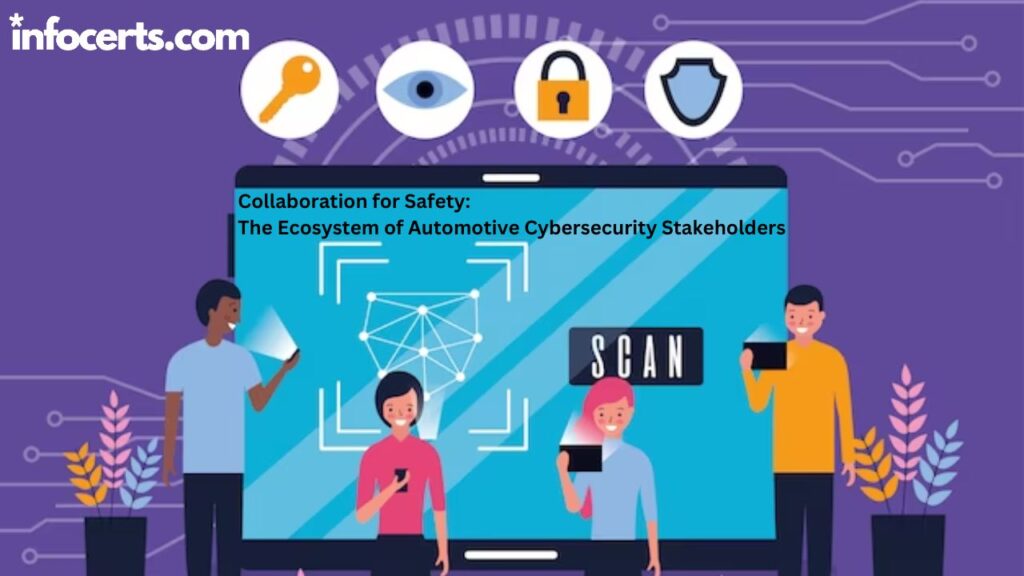Introduction:
In recent years, the automotive industry has witnessed tremendous advancements in vehicle technology, paving the way for smarter, more connected cars. While this progress brings numerous benefits, it also opens up new challenges, particularly concerning Cybersecurity. The increasing complexity of vehicle systems and the rise of connected features demand a collaborative approach among various stakeholders to ensure the safety and security of modern vehicles. In this blog post, we explore a step-by-step approach to foster collaboration in the ecosystem of Automotive Cybersecurity stakeholders.
Step 1: Understanding the Threat Landscape
The first step in enhancing automotive cybersecurity is to understand the ever-evolving threat landscape. Car manufacturers, government agencies, cybersecurity experts, and academic institutions must come together to share their knowledge on potential vulnerabilities and attack vectors. By understanding the threats, the stakeholders can develop comprehensive strategies to counter Potential risks effectively.
Step 2: Establishing Standards and Best Practices
Standardization is crucial in ensuring a consistent and robust cybersecurity framework across the industry. Stakeholders should collaborate to create and promote standards and best practices for automotive cybersecurity. These guidelines can cover areas like secure software development, encryption protocols, Data Privacy, and also incident response plans.
Step 3: Encouraging Information Sharing
A collaborative approach requires a free flow of information between stakeholders. Establishing a trusted platform where manufacturers, suppliers, cybersecurity researchers, and government agencies can share threat intelligence and experiences is vital. By sharing information, the industry can stay ahead of emerging threats and collectively respond to cybersecurity incidents.
Step 4: Investing in Research and Development
Continual research and development are essential to stay ahead of cyber threats. Collaborating on research projects and funding academic institutions can drive innovation in automotive cybersecurity. This investment will lead to the development of advanced security solutions that can adapt to evolving attack methods.
Step 5: Integrating Cybersecurity in the Design Process
Collaboration should begin at the early stages of vehicle development. Automakers must involve cybersecurity experts throughout the design process to identify and mitigate potential vulnerabilities proactively. This collaborative effort will result in secure-by-design vehicles that are resilient to cyber-attacks.
Conclusion:
The automotive industry’s shift towards connected and autonomous vehicles demands a robust cybersecurity ecosystem. By adopting a step-by-step approach that involves understanding threats, setting standards, sharing information, investing in R&D, and integrating cybersecurity in the design process, Stakeholders can collectively strengthen automotive cybersecurity. Collaboration among car manufacturers, suppliers, researchers, government agencies, and cybersecurity experts will ensure that vehicles of the future are safe, secure, and reliable, providing consumers with peace of mind while embracing the benefits of technological advancement.
FAQs
- What is automotive cybersecurity?
- Why is automotive cybersecurity important?
- Who are the key stakeholders in automotive cybersecurity?
- How do automakers contribute to automotive cybersecurity?
- What role do regulators play in automotive cybersecurity?
——————————————————————————————————————–
Infocerts, 5B 306 Riverside Greens, Panvel, Raigad 410206 Maharashtra, India
Contact us – https://www.infocerts.com

